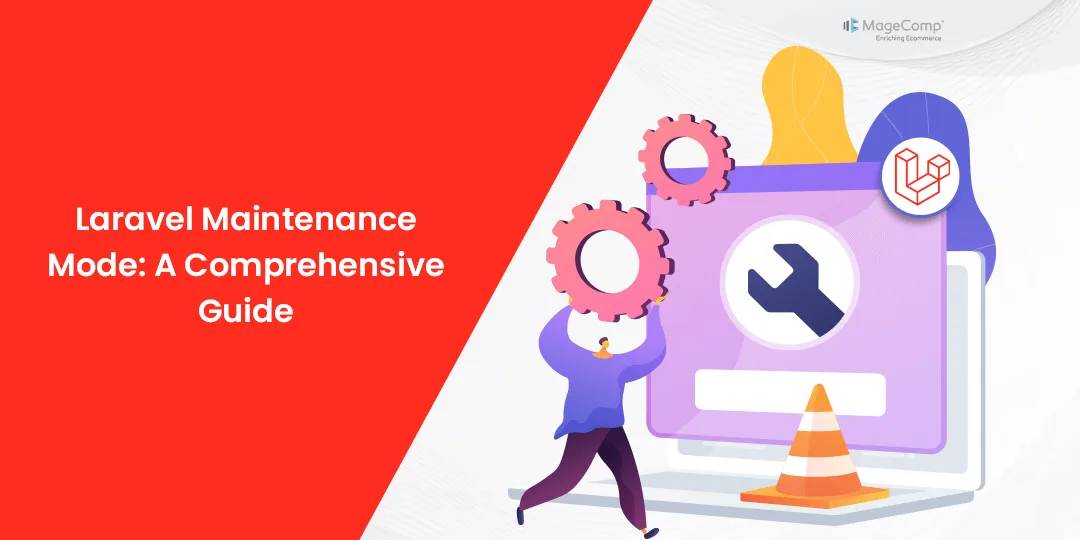Hello Laravel Friends,
In this Laravel tutorial, I’ll explain the concept of Laravel maintenance mode and various scenarios where it becomes invaluable.
Maintenance mode is a crucial aspect of managing a Laravel website, providing a way to gracefully handle updates, bug fixes, or any other essential maintenance tasks without disrupting the user experience.
Without further ado, let’s get started
Basic Maintenance Mode Setup:
Laravel makes it easy to put your application into maintenance mode with a simple artisan command. When executing php artisan down, Laravel will display a maintenance page to visitors, informing them that the site is currently undergoing maintenance.
Code:
php artisan down
This is ideal for routine maintenance tasks like database migrations or updates. Laravel will return a 503 HTTP status code during maintenance, signaling to search engines that the downtime is temporary.
Customizing the Maintenance Page:
Laravel allows you to customize the maintenance page according to your needs. The default page is located at resources/views/errors/503.blade.php. You can modify this file to match your website’s design or create a completely new one.
Displaying a Custom Message:
Sometimes, you may need to provide more information to users during maintenance. Laravel enables you to include a custom message that will be displayed on the maintenance page.
Code:
php artisan down --message="We'll be back shortly!"
Excluding Specific IP Addresses:
There might be scenarios where you want to allow certain IP addresses to access the site, even during maintenance. Laravel lets you specify a list of IP addresses that should be exempted from the maintenance mode.
Code:
php artisan down --except=192.168.1.1,192.168.1.2
Putting Up a Maintenance Mode Schedule:
Laravel allows you to set a scheduled maintenance window using the schedule:down command. This is particularly useful when you need to automate maintenance during low-traffic periods.
Code:
php artisan down --schedule="2024-01-15 22:00"
This command will put the application into maintenance mode at the specified date and time.
Programmatic Maintenance Mode:
In some cases, you might need to trigger maintenance mode programmatically from within your application. Laravel provides a Artisan::call(‘down’) method to accomplish this.
Code:
Route::get('/maintenance-mode', function () {
\Illuminate\Support\Facades\Artisan::call('down');
return 'Application is now in maintenance mode.';
});
This can be useful for scenarios where maintenance needs to be initiated based on certain conditions or events.
Conclusion:
Laravel’s maintenance mode is a powerful feature that allows developers to seamlessly handle various scenarios, from routine updates to scheduled maintenance and more. Understanding the different options available and how to customize the maintenance page ensures that your users have a smooth experience even during necessary downtime. By leveraging these capabilities, you can confidently manage your Laravel application’s maintenance needs with ease.
Hire experienced Laravel developers to customize the maintenance page of your web application and make it user friendly.
Happy Coding!












